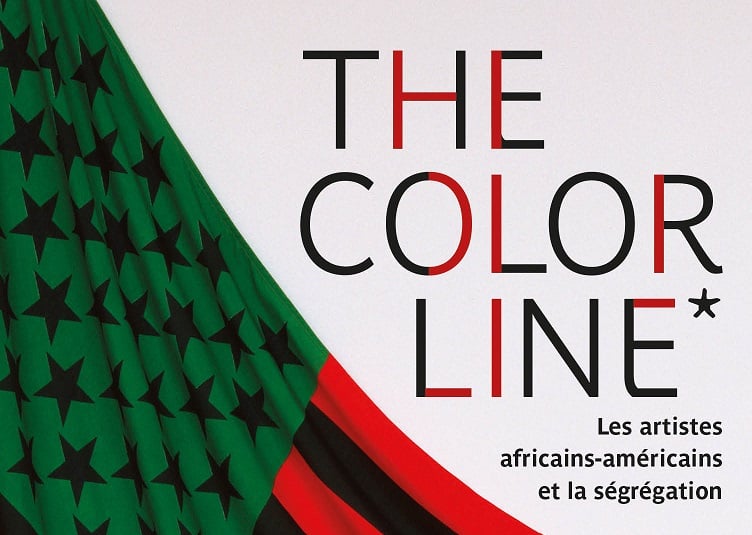Art & Exhibitions
Leaflet for French Exhibition on US Segregation Causes Controversy
The leaflet played down the European role in the slave trade.

The leaflet played down the European role in the slave trade.

Amah-Rose Abrams

The Musée du Quai Branly Jaques Chirac in Paris has come under fire for literature published for children alongside their exhibition, “The Color Line: African American Artists and Segregation.” The booklet appears to play down the European role in slavery, and claim some slaves had enjoyable lives. Following public outcry, the museum destroyed the innacurate pamphlets.
The booklet was initially called out by the pop culture site Afropunk, which pointed out some inaccuracies regarding who was responsible for the slave trade and what the experience of being a slave might have been like.
One passage regarding slavery in the United States, as published by Le Monde, read: “Most of them were sold by Africans to Europeans and taken to America to work. This trade will last seventeenth century to the nineteenth century. Some were very unhappy and abused, while others had a more enjoyable life.”
The questionable language caused upset, prompting an apology and a reprint.
“What everyone agrees is that it is complicated to make teaching a sensitive subject, although it is important to educate children with an appropriate speech,” a worker at the museum told Le Monde. “There was a lack of vigilance when reading recent events. This is a combination of unfortunate circumstances that we regret.”
Critics say that there is a difference between delicate language aimed at children and historical inaccuracies peddled as fact.
The museum said that on the eve of “The Color Line,” they realized the tone of the leaflet was wrong, although it is in keeping with some French political ideologies regarding the discussion of the slave trade, according to Le Monde.
The museum released this lukewarm statement with a new leaflet: “We ourselves, we are in a public service position. We must be careful what we say, not to take a position on current issues but to really talk about the history of African Americans and segregation in the the United States. An exhibition like “The Color Line” will always create debate in France today.”
The exhibition has been well-received, and it seems as though it was just the initial version of the children’s information leaflet that caused upset.